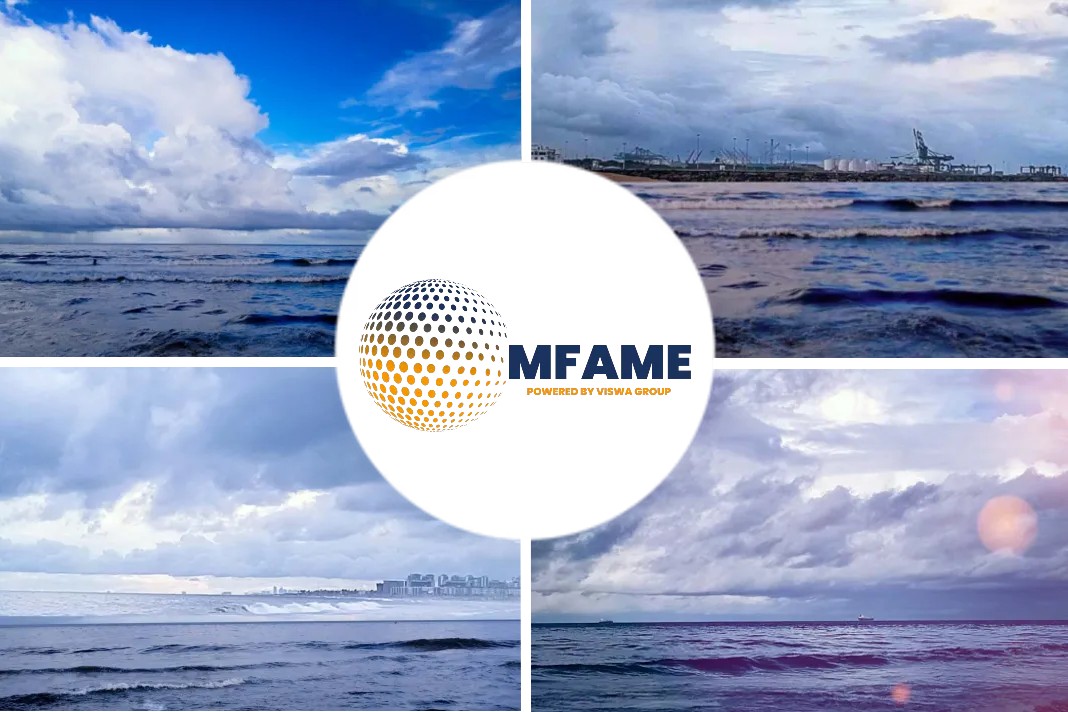- A recent paper discusses the sources and impacts of sea-based marine litter.
- Emphasis on the urgent need to minimize trash.
- Impact of COVID-19 on ocean industries and livelihoods that result in marine litter.
A recent paper by the Group of Experts on the Scientific Aspects of Marine Environmental Protection examines the sources and impacts of sea-based marine litter (GESAMP) a reported by Safety4Sea.
Marine Litter
The paper discusses the numerous sources of marine litter and their consequences, as well as the present data availability and knowledge gaps for the major categories of sea-based sources of marine plastic litter.
The paper also emphasises the urgent need to minimise marine trash, laying out various existing programmes and suggested ways to address the problem, and providing readers with useful information.
It also identifies information gaps and opportunities for future academic and scientific research, such as COVID-19’s impact on ocean industries and livelihoods that result in marine trash.
Despite the fact that there is relatively little quantification of sea-based sources of marine litter in scientific, peer-reviewed, and grey literature, the report examines five major categories, listed below:
Fishing
A substantial source of marine litter is abandoned, lost, or otherwise discarded fishing gear (ALDFG) from artisanal, commercial, and recreational fishing operations.
Surrounding nets, seine nets, trawls, dredges, lift nets, falling gear, gillnets and entangling nets, ropes, traps, hooks and lines, floats and buoys, sinkers and anchors, and other gear, such as metallic materials, are also included.
According to the IMO, this gear can be lost on a regular, episodic, or catastrophic basis due to a variety of factors including inclement weather, normal wear and tear, wildlife encounters, and naturally occurring and human-made underwater impediments.
Economic losses, reduced capacity to target specific marine animals, marine wildlife entanglement in and ingestion of marine litter, damage to marine habitats, impact on human habitats such as beaches and coastal areas, and human life lost due to debris entanglement are all effects of ALDFG.
Aquaculture
Aquaculture equipment and plastics, such as ropes, buoys, mesh bags, anti-predator netting, cages, tanks, and other items used in ocean and coastal farming, can be a source of marine litter.
Damaged or discarded equipment can result in marine litter, which is commonly concentrated in coastal locations where aquaculture is practised.
According to the paper, expanded polystyrene is the most common type of marine litter generated by the ocean and coastal aquaculture activities, however, there are presently no global figures for the amount of marine plastic litter generated by this industry.
Shipping and Boating
Solid waste, waste from cargo holds, waste generated during normal ship operations, personal litter from passengers, debris from vessel wear and tear, and sewage are all examples of marine litter from merchant ships, cruise ships, yachts, and pleasure craft.
Shipwrecks, misplaced containers, and cargo are all included in the paper, as are microplastics from shipping and boating.
Litter from shipping and boating can harm coastal and ocean-based aquaculture, in addition to hurting marine life, affecting coastal regions, and potentially injuring other ships.
The report specifically points out that few detailed studies exist that quantify the amounts and types of marine litter generated by shipping and that more research is needed to fill knowledge gaps in areas such as mapping and modelling of ship-generated litter sources and distributions, microplastics in ship surface coatings, and the socio-economic impacts of marine plastic litter generated by this industry.
Dumping of waste
This category includes dredged materials, “which is by far the most significant in terms of volumes, and potentially the largest source of plastic or other litter from wastes dumped at sea.”
“However, there is limited information on the quantities of plastics in the waste streams, despite efforts by the London Convention and London Protocol Parties, the treaties that regulate the prevention of pollution from dumping of wastes at sea.
There is a need for a better understanding of the presence of plastics in wastes dumped at sea, both in terms of the characterization of the plastics present as well as the geographical distribution” says the report.
Other ocean uses
Offshore oil and gas exploration; shark and “stinger” nets set up on beaches to protect humans; weather monitoring, which can create debris, such as weather balloon equipment including acidic batteries, plastic components, and latex rubber; artificial reefs, which may be constructed out of waste materials such as old tyres and may be impacted by tidal and weather conditions; scientific research equipment and activities;
“It is impossible to quantify the total contribution of sea-based sources, and a coordinated effort to update worldwide estimates, as well as continued efforts to minimise inputs of marine litter from all sources, is required to bridge these knowledge gaps,” the IMO concluded.
Did you subscribe to our newsletter?
It’s free! Click here to subscribe!
Source: Safety4Sea
















